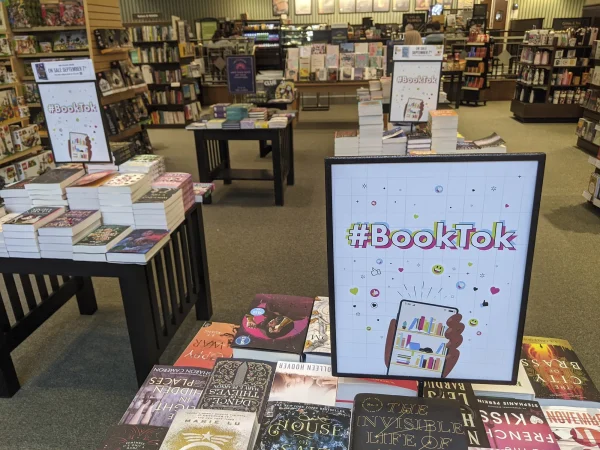Stump the librarian: Trivia about tomes
Dearest readers,
This week, JT writes in:
1) What is the OU library system’s annual budget for purchasing new books? Has it been increasing in recent years? What part of this budget is discretionary, with book choices left up to the book lovers on our library staff?
2) What’s the oldest book you’ve ever touched, and how did it feel?
Dear JT:
Thank you for your kind comments on how you are enjoying The Librarian’s columns.
To answer your questions:
1. As we learned a few weeks ago, The Librarian doesn’t much like to deal with numbers, and is also perhaps a bit lazy, so we won’t have exact figures today. Suffice it to say that (and I simplify a bit) there are budgets for each subject, and there are budgets for content type (databases, ebooks, periodicals, popular fiction, etc.).
Each librarian handles a pot of money for his/her subject areas, and the amount varies based on how expensive resources are in that area, how many books are typically purchased, and such quandaries. We make purchasing decisions based on faculty requests, what we know of student research needs, special librarian resources, the general zeitgeist, and what we’ve had for lunch on ordering days. Everyone on campus is welcome and encouraged to contact us with suggestions!
As to if the budget has been increasing in recent years…technically it has, but that increase also comes with an increase in prices. Publishers and vendors have wild imaginations when it comes to what library budgets entail.
2. The Librarian has had the privilege of touching books and manuscripts dating as far back as the sixteenth century (the books date to then, not The Librarian).
To do so, The Librarian had to be ushered into a special darkened cavern, dodging obstacles every which way before finally appearing before the great altar of—
Sorry. The Librarian only wishes life were so exciting. You’d be surprised how many books or pages from books are lying around in museums and special collections that are quite old, and with some careful planning most researchers are able to access them. The Librarian once cared for such a collection, so touched the books routinely.
They felt rather heavy, as they were full folio publications (we’ll get into the history of book publishing in a forthcoming column).
Some of them were printed on vellum, which feels fairly similar to paper.
Fun fact: the movies and popular imagination typically depict people handling very old books with gloves on, but you don’t always want to do that, as gloves dull your sensitivity and may cause you to handle a very thin parchment with very full force. You don’t want to do that.
Rule of thumb (pun intended!) is to just wash your hands at least once an hour while handling materials that you don’t want to ruin with your oily fingers. (Although, the grimy fingerprints from generations of use have actually proven very useful to scholars, as this article illustrates: Kathryn Rudy, 2010. Dirty books: Quantifying patterns of use in medieval manuscripts using a densitometer. Journal of Historians of Netherlandish Art 2 (1-2).)
Next week we will continue giving thanks for all things books and trivia-related: submit your hardest questions to http://tinyurl.com/StumpOU or [email protected]!







